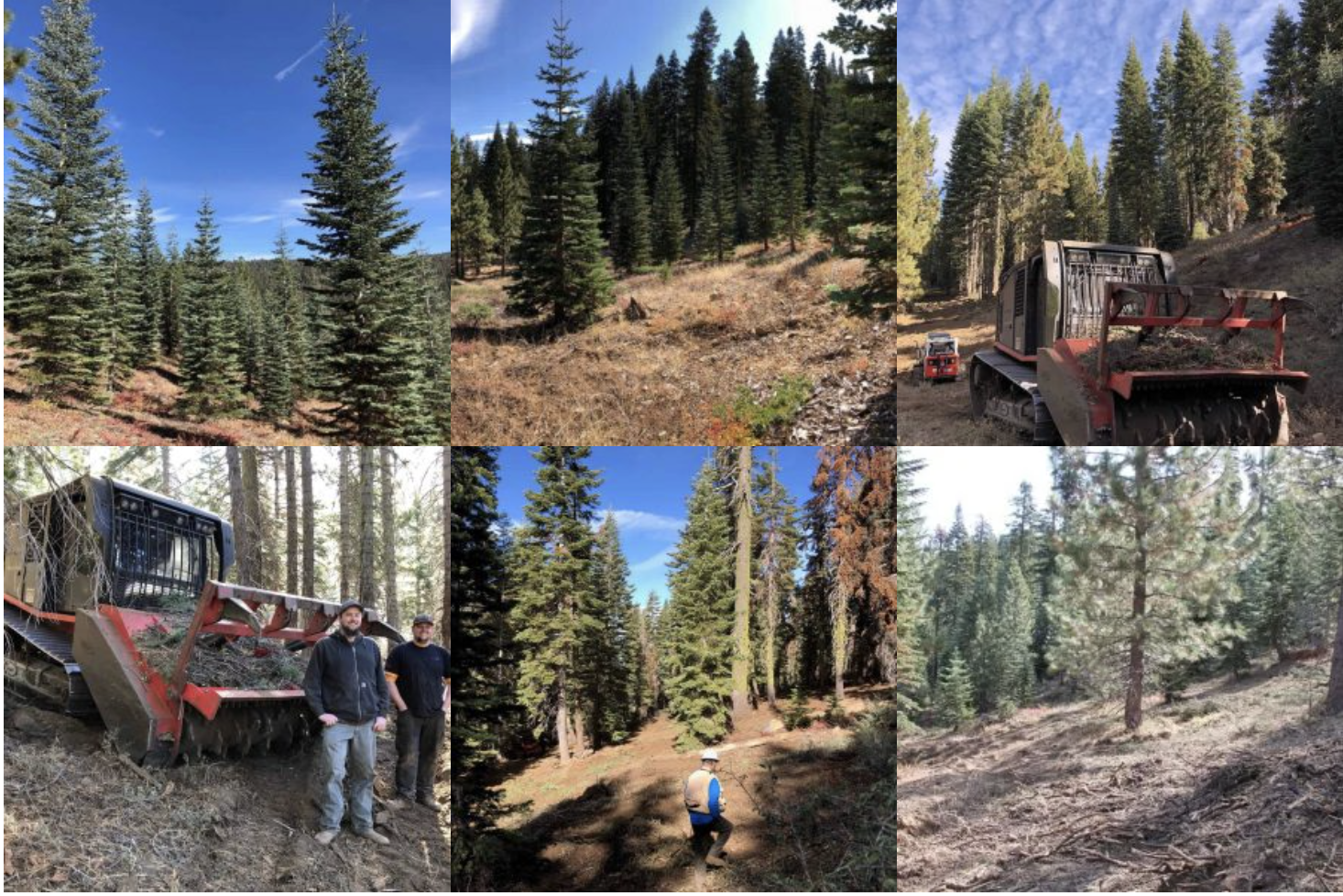Forest Health Projects Reducing Risk of Catastrophic Wildfire - November 15, 2019
The Upper Mokelumne River Watershed Authority is poised to complete 4,000 acres of forest health projects to improve forest resilience to wildfire and protect communities, water quality and supply
A group of local agencies have joined together to combat the threat of catastrophic wildfire by thinning thousands of acres of dense, overgrown forest in the Mokelumne River Watershed. This fall, the Upper Mokelumne River Watershed Authority (UMRWA) is completing its third year of forest management work aimed at improving forest health north of Highway 4 between Cottage Springs and Bear Valley.

“UMRWA is helping to protect our forests and our communities through these projects, and we plan to work with our partners to increase these efforts in the future,” said Jack Garamendi, UMRWA board member and Calaveras County District 2 Supervisor.
Project activities focus on thinning overgrown forests within the Stanislaus National Forest, with particular attention to areas along roadways where wildfires are most likely to ignite. Meadow restorations to improve water quantity and quality are also a component of these projects.
As of fall 2019, nearly 4,000 acres of overgrown forest have been treated or under contract for completion. Creating space between healthy, mature trees reduces the spread of high-severity fire, improves water saturation into soils, and slows evaporation of winter snowpack. Maintaining the snowpack longer into the summer season improves the water supply downstream.
The Amador Calaveras Consensus Group (ACCG) developed these forest management projects in 2010, calling the effort the Cornerstone Collaborative Forest Landscape Restoration Project (CLFR). These projects are made possible by the Sierra Nevada Conservancy in collaboration with the U.S. Forest Service (USFS) and other partners. Local contractors have been hired whenever possible, also benefitting area employment.
Funding for this work has been provided by the Sierra Nevada Conservancy, an agency of the State of California, under the Water Quality, Supply, and Infrastructure Improvement Act of 2014 (Proposition 1) and the California Drought, Water, Parks, Climate, Coastal Protection, and Outdoor Access For All Act of 2018 (Proposition 68) grant cycles and in support of the Sierra Nevada Watershed Improvement Program.
For more information about these projects, go to www.umrwa.org.
